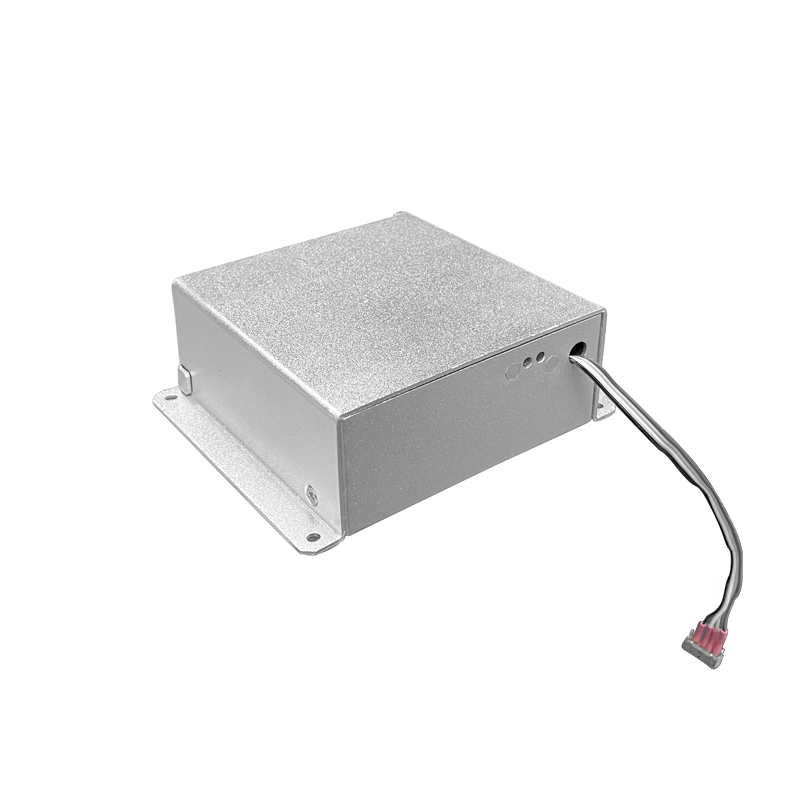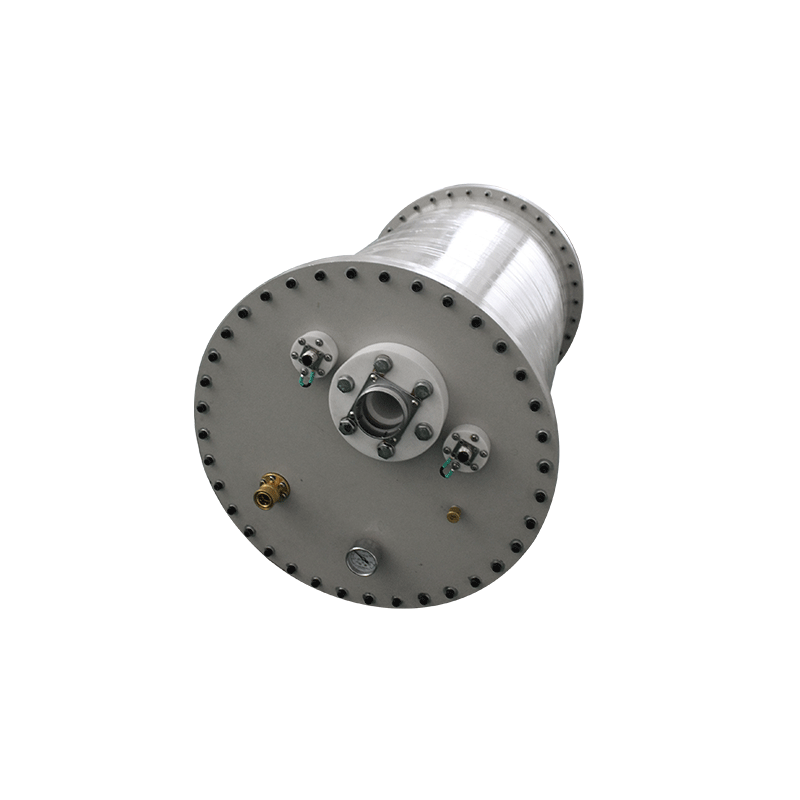Extension of Capacitor Life in Capacitor-Charging High-Voltage Power Supplies
In numerous electronic devices and systems, capacitor-charging high-voltage power supplies are widely utilized. As a crucial component within these power supplies, the lifespan of capacitors directly impacts the performance and reliability of both the power supply and the overall system. Extending the lifespan of capacitors in capacitor-charging high-voltage power supplies has thus become an important subject of concern for engineers and researchers.
Capacitors play a vital role in storing and releasing electrical energy within capacitor-charging high-voltage power supplies. However, the operating environment and conditions can significantly affect the lifespan of capacitors. Excessive temperature is the number one killer of capacitor lifespan. When a capacitor is in a high-temperature environment, the chemical reaction rate inside it accelerates, and the electrolyte volatilizes more rapidly. This leads to an increase in the equivalent series resistance (ESR) of the capacitor, causing more heat generation and creating a vicious cycle that accelerates the aging and damage of the capacitor. Therefore, a good heat dissipation design is the foundation for extending capacitor lifespan. By optimizing the heat dissipation structure of the power supply, such as increasing the heat sink area and rationally arranging the ventilation channels, the operating temperature of the capacitor can be maintained within an appropriate range.
Excessive voltage can also damage capacitors. Although capacitors have a certain rated operating voltage, during actual operation, if the output voltage of the power supply fluctuates or experiences momentary overshoots that exceed the withstand voltage value of the capacitor, the insulating medium inside the capacitor may be broken down, resulting in permanent damage. For this reason, effective overvoltage protection circuits must be incorporated into the power supply design. For example, an overvoltage protection module composed of components such as zener diodes and metal oxide varistors (MOVs) can be used. When an abnormal voltage increase is detected, it quickly activates to clamp the voltage within a safe range, protecting the capacitor from excessive voltage surges.
In addition, the number of charge-discharge cycles of the capacitor is also a key factor affecting its lifespan. Frequent charge-discharge operations can gradually wear out the electrode materials inside the capacitor and reduce its performance. In the application scenarios of power supplies, control strategies should be optimized as much as possible to reduce unnecessary charge-discharge operations. For example, in some systems that require high stability of power supply output but relatively low requirements for response speed, an appropriate energy storage strategy can be adopted. By utilizing the energy storage characteristics of capacitors, the output voltage can be maintained stable for a certain period of time, reducing the charge-discharge frequency of capacitors.
When selecting capacitors, their types and parameters also need to be comprehensively considered. Different types of capacitors, such as aluminum electrolytic capacitors, tantalum capacitors, and ceramic capacitors, have different performance characteristics and application scenarios. For capacitor-charging high-voltage power supplies, according to the actual operating voltage, current, temperature, and other conditions, capacitor types with high reliability and long lifespan should be selected, and ensure that their various parameters meet the design requirements of the power supply.
In conclusion, to extend the lifespan of capacitors in capacitor-charging high-voltage power supplies, it is necessary to start from multiple aspects such as heat dissipation management, overvoltage protection, charge-discharge control, and capacitor selection, and comprehensively optimize the design. This can enhance the stability and reliability of the power supply system, meeting the increasing demands for high-performance and long-life electronic devices.




















